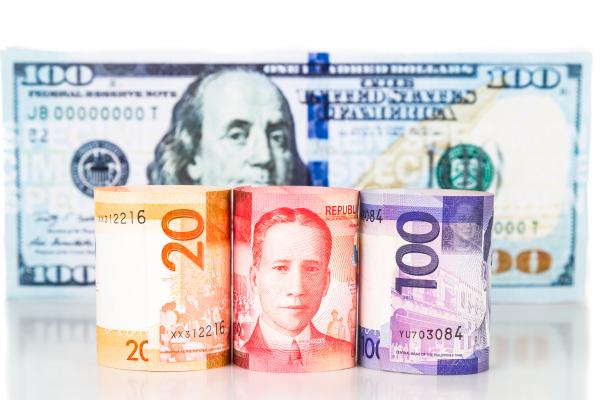KID REPORTERS’ NOTEBOOK
Inflation Rate Soars in the Philippines


Prices in the Philippines have skyrocketed in recent months.
In November, the inflation rate in the Philippines hit a 14-year high of 8%. By comparison, the inflation rate in the United States is currently at 7.1%.
In this Southeast Asian country of more than 113 million people, gasoline, rice, and even video game prices have risen sharply.
The Philippine peso has lost value against the U.S. dollar, making the situation worse. According to economists, an increased demand for goods and services after pandemic slowdowns, as well as recent severe storms, have led to an increase in the cost of fruits, vegetables, and other basic food items. Countries around the world are grappling with similar issues in the wake of the devastating coronavirus pandemic.
“As a consumer, I’m affected negatively by inflation because it now costs more to buy anything I need,” said Elizabeth Coronel, a banking executive in the Philippines. “Inflation leads to an increase in the price of necessities.”
Coronel added that a weaker peso means investors from other countries will be less likely to invest in products made in the Philippines.

Dylan with Carl Choi, a currency trader in Metro Manila
RISING PRICES
Rashard Ng, a student in Metro Manila, said that he’s feeling the pinch, too. The price of lunch in the school cafeteria has risen, and video games have become more expensive.
Carl Choi, a currency trader, said that if the value of the peso gets stronger, prices will decrease. “The Philippines relies on buying a majority of our goods, including basic necessities, from other countries,” he said. “With a stronger peso, imported goods would be cheaper.”

When the value of the peso declines against the U.S. dollar, purchasing power in the Philippines is weakened.
HOPING TO AVOID A RECESSION
Philippine President Ferdinand Marcos Jr. has expressed concern about the economic hardships Filipinos are facing. “Inflation is running rampant and out of control,” he said recently.
According to a survey conducted in October, 36% of adult Filipinos are unhappy with the way Marcos and his administration are handling the economy. Still, the president, who took office in June, is hopeful that the country can avoid a recession by importing fewer products.
